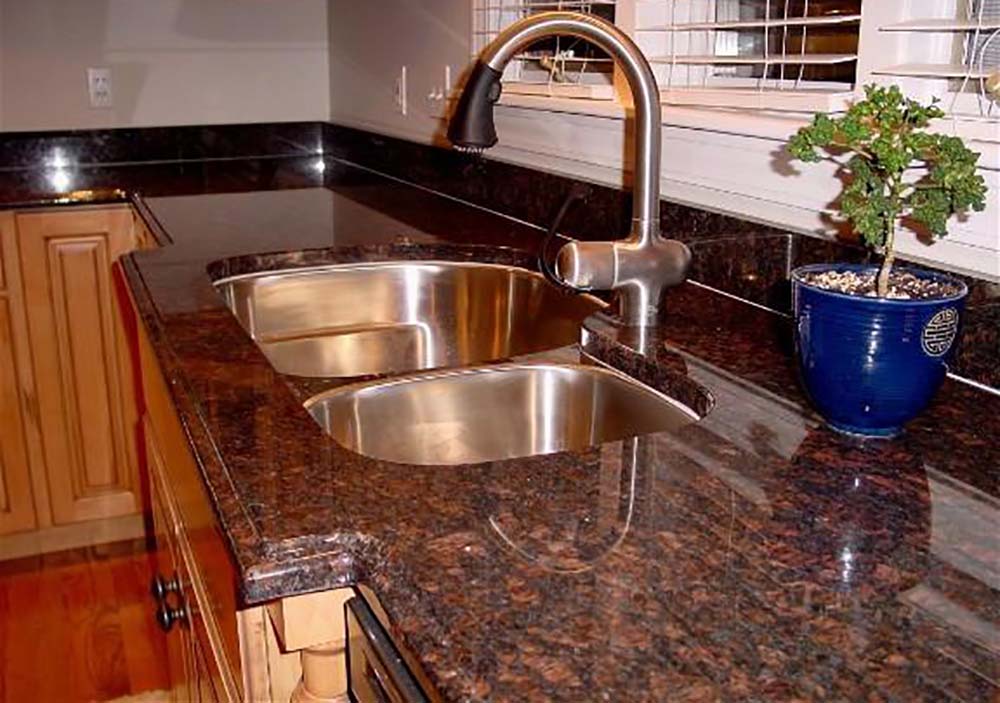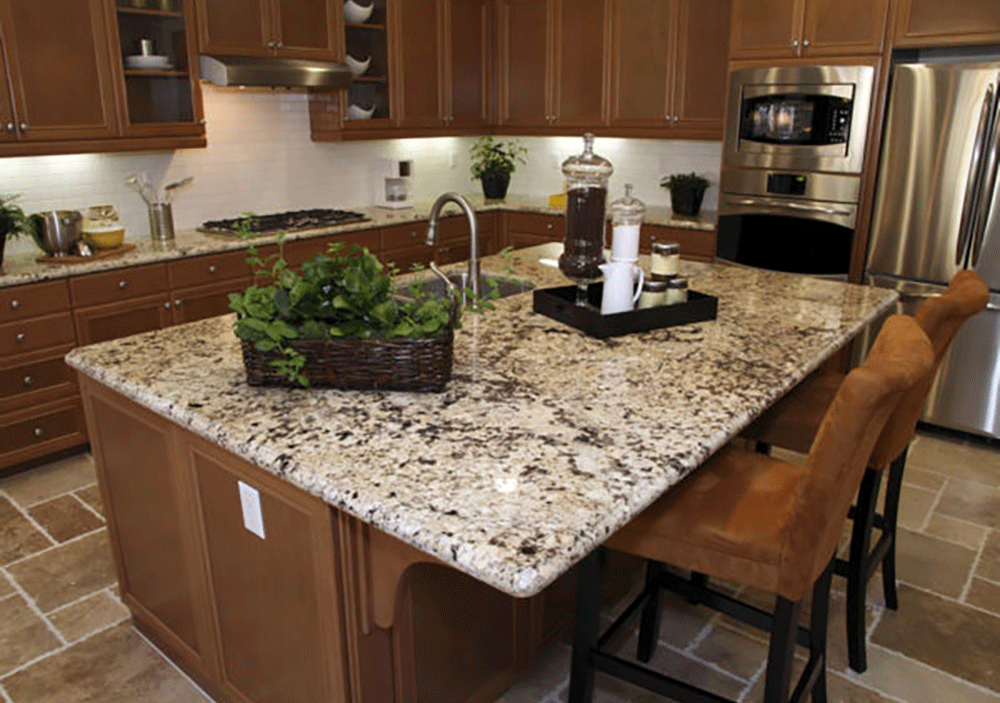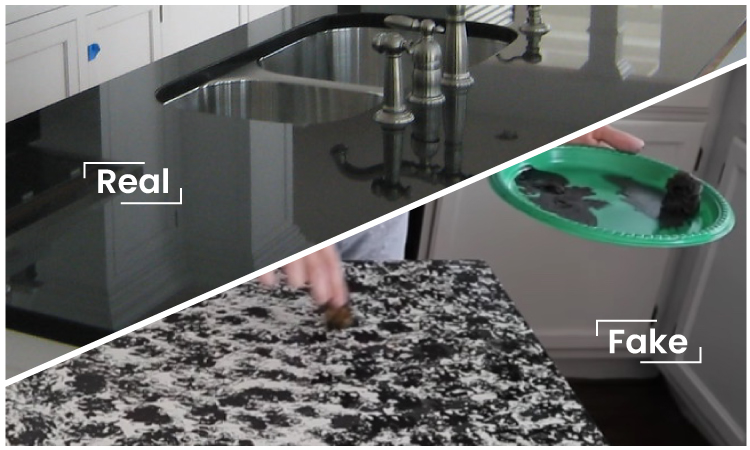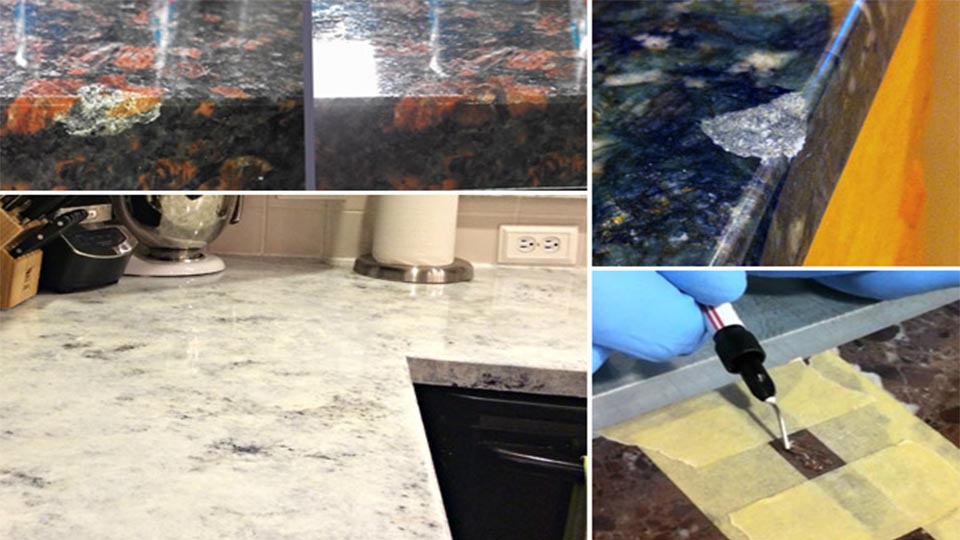Blog
Spotting Fake Granite Countertops


Since the late 1980s, granite has been considered one of the most widely used natural stones for countertops. As it began to be mined globally, prices fell and natural stone’s appeal increased. Prior to this, granite was often an expensive stone that only rich homeowners could buy. Granite countertops may be found in many kitchens and bathrooms worldwide these days.
While true granite is considered a common type of stone for countertops, there is a substitute that you should be on the lookout for. Many businesses attempt to pass off fake granite countertops as the real thing. Make sure to follow the instructions in this article to prevent getting duped.
What makes granite so popular?
There are several qualities of granite that make it a stone of choice for the construction world. Be it aesthetics, sturdiness, or durability, granite outperforms all its counterparts, thereby offering an unmatched value to both residential and commercial users worldwide.
Appearance
From striking grains to stunning veins and color patches, granite comes in a wide range of visual profiles. This is a feature unique to granite and there is no other construction stone that carries extreme levels of diversity in terms of aesthetics.
Durability
Granite’s durability is another aspect that contributes to its popularity. One of the strongest natural stones you can find is granite. Due to its durability and ability to endure the rigors of the kitchen, granite is a particularly excellent choice for countertops.
Upkeep
Finally, the ease of upkeep required for granite countertops is another factor in its popularity. Although you will need to maintain the counters, they demand far less upkeep than other countertop alternatives. Warm soapy water and a mop are all you need for daily cleaning. Even though you must re-seal the surface, you only need to do this around once a year. Depending on the kind of granite, sealing requirements will vary, but the stone still doesn’t need to be resealed as frequently as many other natural stones.
What does fake granite mean?
The term “fake granite” refers to countertops that attempt to mimic the elegance of the genuine stone. From engineered stone to laminate to counters that have been painted to resemble granite, there are several countertop materials that may be made to seem like granite.
How to spot fake granite?
There are a number of techniques to identify imitation granite countertops from genuine ones. Find out how to spot the fake surface even if it may initially appear to be the real thing.
Look at its cost
Granite often ranges in price from $35 to $75 per square foot. You should be wary if you locate a granite stone that is much less than this price. It is likely that you are being given phoney granite if the stone is priced below this range. If the “granite” is not phoney and costs less, it is quite likely to be a low-grade stone.

Check its appearance
The hardest thing may be this. You might not immediately be able to detect the difference because imitation granite worktops were created to closely resemble granite. Nevertheless, there are several visual cues that reveal the granite is a fake. You are not looking at real granite if the entire slab has the exact same pattern. Due to the fact that granite is a natural stone, there will always be some flaws. Moreover, each block of granite is distinct because it is a natural material. Even slabs from the same quarry will differ somewhat. This is how genuine granite countertops should seem.
Inspect its porosity
It is simple to determine if granite is real or phoney by testing its porosity. Since natural granite is porous, any water that is spilled on its surface will be absorbed. Fake granite, on the other hand, won’t have pores. Apply a tiny amount of water to a small section of the stone. If the water is absorbed within a few minutes, the granite is genuine and unreinforced. If the water does not soak at all, the granite is most likely not real. The only time this granite will be authentic is if it has already been sealed, which is unlikely given that you frequently have to complete the sealing yourself.

Tap the surface of the countertop
Real granite ought to make a ringing noise when you softly hit it with a little hammer on the back. False granite, on the other hand, will generate a little click sound. You will be able to tell that the stone is not natural if it makes the latter of the two noises.
Inspect the seam
Granite countertops made from natural stone will have seams anywhere on the surface. Look closely at the seam once you’ve located it. It is probably genuine granite if the pattern is somewhat different on the other side of the seam. However, if the pattern is same throughout, your granite is probably not real. Last but not least, if there is absolutely no seam, the surface is unquestionably faux stone.
You should employ a professional if you want granite countertops installed in your house. A granite countertop installation is not a DIY project. You should be wary of the material if the “granite” countertop does not require professional installation. If so, your countertop is probably made of a solid surface that has been altered to resemble granite. Even granite-like quartz countertops must be installed by a professional.
